Gear Checklist for Safe Solo Ice Fishing Trips
Ice fishing alone can be a serene and rewarding experience, offering peaceful solitude and the opportunity to connect with nature during the winter months. However, venturing onto frozen lakes by yourself requires careful preparation and the right equipment to ensure your safety. The difference between an enjoyable day on the ice and a dangerous situation often comes down to the gear you bring along. This comprehensive checklist covers essential equipment for solo ice fishing trips, focusing on safety first while ensuring you have everything needed for a successful and comfortable outing.
Ice Safety Equipment

The foundation of any safe ice fishing trip begins with tools designed specifically for ice safety. Ice picks (also called spud bars or ice chisels) are essential for testing ice thickness as you walk, allowing you to check the integrity of the surface before committing your full weight. Ice cleats that attach to your boots provide crucial traction on slippery surfaces, preventing dangerous falls that could lead to injury when no one is around to help. Floating ice suits or bibs offer dual protection by keeping you warm while providing buoyancy should you break through the ice. Perhaps most important for solo anglers are ice spikes (ice claws) worn around your neck, which serve as hand-held grips to pull yourself out of the water in case of breakthrough.
Communication Devices

When fishing alone, reliable communication becomes your lifeline to the outside world. A fully charged cell phone stored in a waterproof case is essential, though it’s important to recognize that remote fishing locations may have limited service. For areas with poor coverage, consider investing in a satellite phone or personal locator beacon (PLB) that can transmit your location to emergency services regardless of cellular availability. A portable power bank with sufficient capacity to recharge your devices multiple times ensures continued communication throughout extended trips. Additionally, informing a trusted person about your specific fishing location and expected return time creates a crucial safety net—they can alert authorities if you don’t check in by the agreed time.
Navigation Tools

Proper navigation equipment prevents disorientation on vast, featureless ice sheets, particularly during changing weather conditions. A GPS unit with extra batteries allows you to mark your entry point, fishing holes, and navigate back to shore even in low visibility situations. Traditional compass and physical maps of the lake serve as reliable backups should electronic devices fail due to cold temperatures or battery issues. Reflective trail markers can be placed as you move across the ice, creating a visible path back to shore that works even in dim light or mild snowfall. For early morning or evening fishing, a headlamp with extra batteries not only helps with navigation but assists with equipment setup and fish handling in low-light conditions.
Ice Drilling Equipment
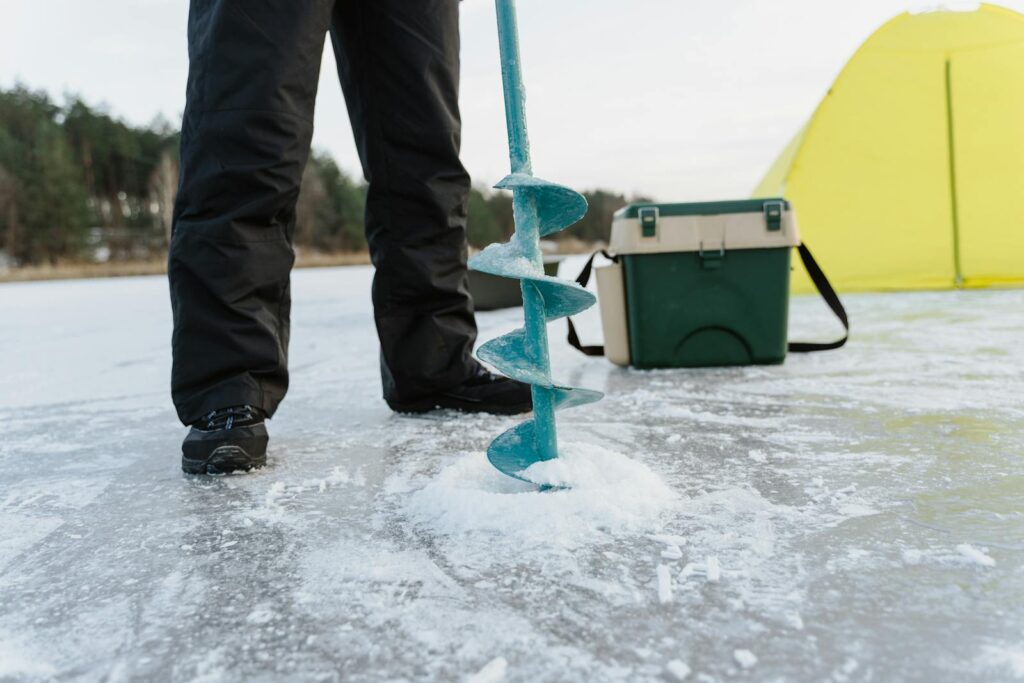
Effective ice drilling tools determine how quickly and efficiently you can access the fishing waters below. A manual hand auger offers reliability without depending on fuel or batteries, though it requires more physical effort especially when ice thickness exceeds 12 inches. Power augers (gas, propane, or electric) drill through thick ice with minimal effort, saving energy for actual fishing, though they add weight to your gear load. Replacement blades or a blade sharpening tool ensure continued cutting effectiveness throughout your fishing season. A specialized ice skimmer removes slush and ice chips from your fishing holes, preventing them from refreezing too quickly and interfering with your line sensitivity.
Shelter and Seating
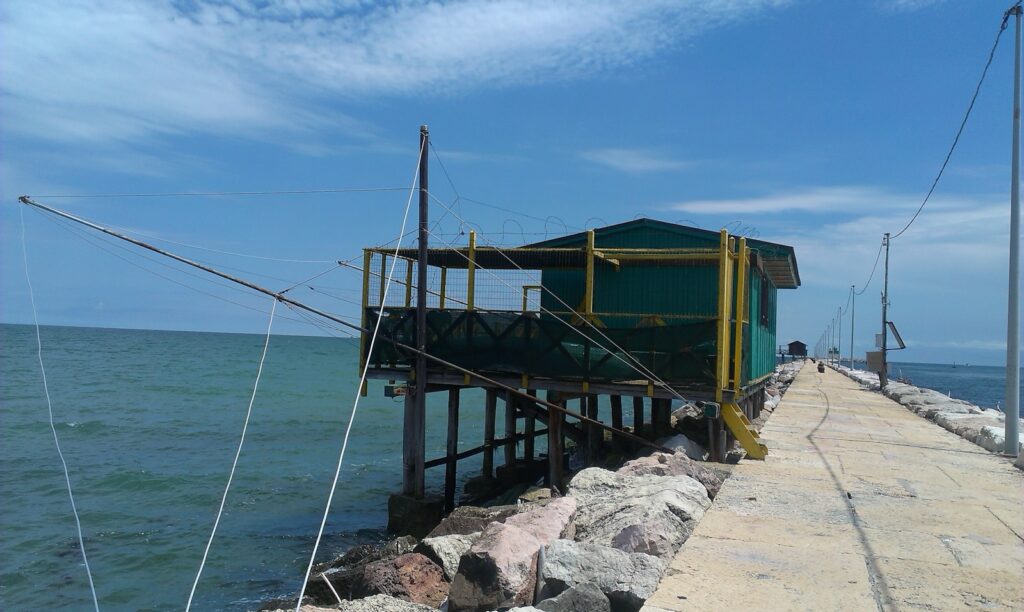
Appropriate shelter protects you from harsh winter elements, extending your fishing time comfortably. A portable flip-over or hub-style ice shelter shields you from wind and precipitation, while the enclosed space captures body heat to raise the internal temperature significantly above the outside air. A portable heater with extra fuel provides additional warmth on exceptionally cold days, though proper ventilation is crucial to prevent carbon monoxide buildup. A comfortable, insulated seat keeps you elevated from the cold ice, reducing heat loss through conduction and preventing back strain during long fishing sessions. For overnight trips, consider a sleeping bag rated for temperatures at least 10 degrees lower than expected conditions as a safety margin against unexpected weather changes.
Fishing Gear Essentials
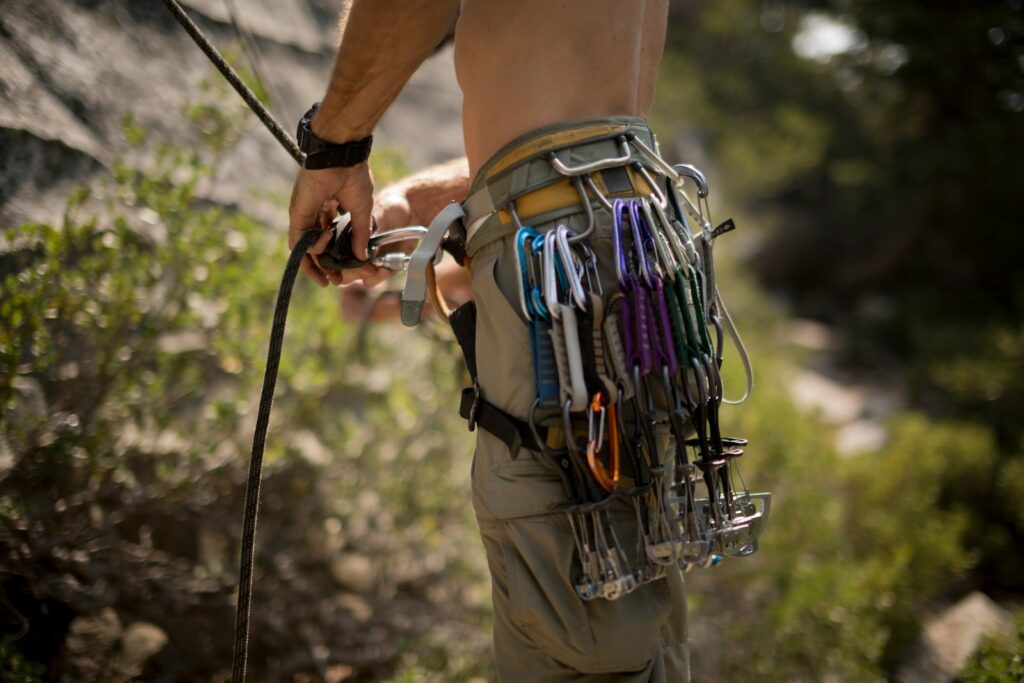
Carefully selected fishing equipment balances effectiveness with portability for solo adventures. Short, specialized ice fishing rods (24-36 inches) provide the sensitivity needed to detect subtle bites while being compact enough for easy transport and manipulation in small shelters. A variety of jigs, spoons, and live bait options accommodate different fish species and their changing preferences throughout the day. Tip-ups allow you to monitor multiple holes simultaneously, expanding your fishing area without constant attention to each line. A depth finder or portable fish finder helps locate productive underwater structures and fish concentrations, maximizing your efficiency when fishing alone without a partner to test different depths.
Cold Weather Clothing

Proper layering is crucial for maintaining body temperature during extended periods on the ice. A moisture-wicking base layer pulls sweat away from your skin, preventing the dangerous cooling effect of damp clothing. Insulating mid-layers made of wool or synthetic materials trap warm air near your body even when compressed by outer layers. A windproof and waterproof outer shell protects against precipitation and wind chill, which can rapidly accelerate heat loss. Specialized items like insulated, waterproof gloves with removable liners allow dexterity for handling equipment while maintaining warmth, and insulated, waterproof boots rated for sub-zero temperatures prevent frostbite in extremities that remain stationary for long periods.
Transportation Equipment
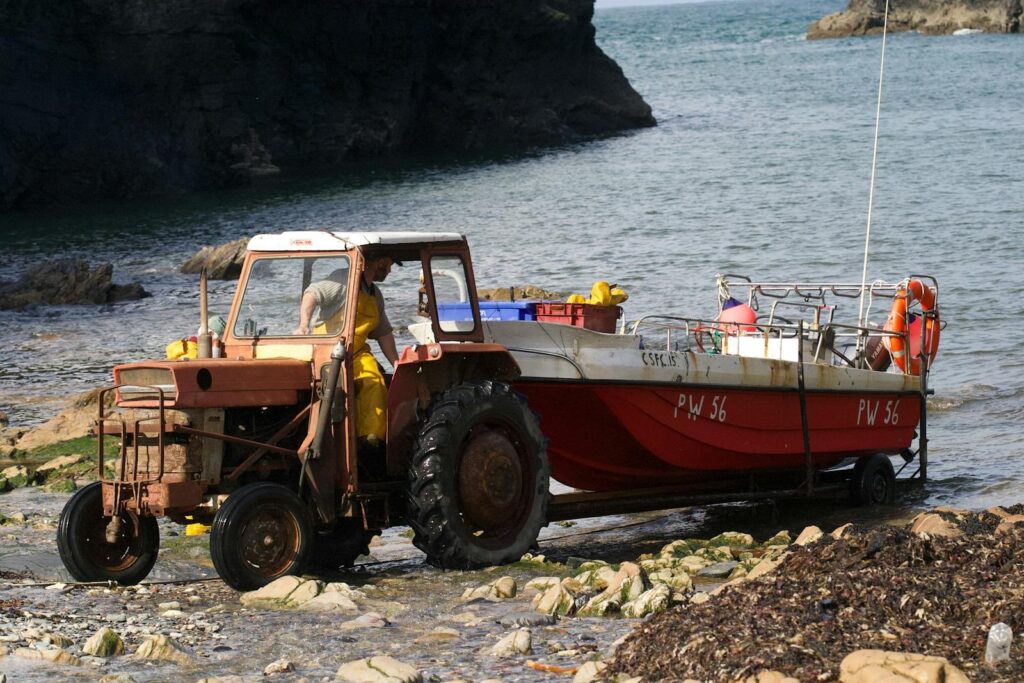
Efficient transportation systems help move your gear across the ice while conserving energy for fishing. A sled with pulling harness distributes weight evenly and glides over snow and ice more efficiently than carrying equipment by hand, reducing fatigue. For longer distances, portable ice shanties mounted on sleds combine transportation and shelter into one integrated system. Ice cleats or crampons attached to your boots provide crucial traction when pulling heavy loads across slippery surfaces. For accessing remote fishing spots, consider lightweight snowshoes that prevent you from breaking through crusty snow or sinking into deeper powder, making the journey to your fishing location less exhausting.
Food and Hydration
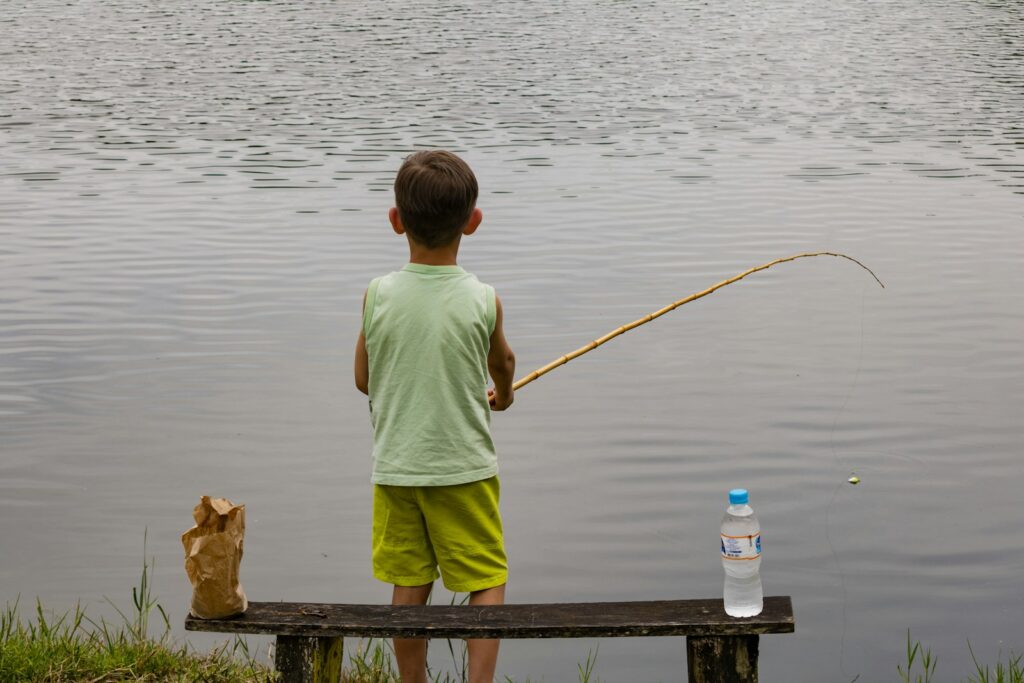
Proper nutrition and hydration sustain energy levels and body warmth throughout your fishing expedition. High-calorie, non-freezing foods like nuts, chocolate, and energy bars provide essential fuel for your body to generate heat in cold conditions. A thermos filled with hot soup, coffee, or tea offers both hydration and warming benefits that can revitalize you during long sessions. Despite cold temperatures, dehydration remains a significant risk during winter activities as the dry air increases moisture loss through respiration, making water consumption essential even when you don’t feel thirsty. Avoid alcohol completely during solo ice fishing trips, as it impairs judgment and accelerates heat loss by dilating blood vessels near the skin.
First Aid and Emergency Supplies
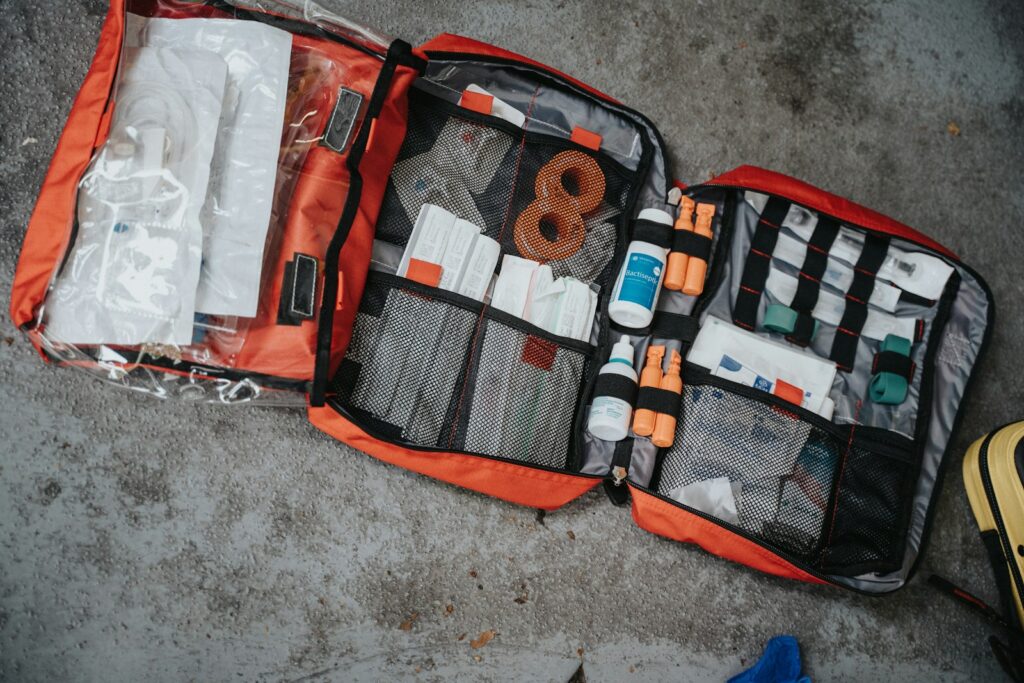
A comprehensive first aid kit prepared specifically for winter emergencies addresses likely injuries and conditions when fishing alone. Beyond standard bandages and antiseptics, include chemical hand warmers, emergency blankets, and specific medications you might need. An emergency throw rope stored in an easily accessible location can help you rescue others or be thrown to you by rescuers. Waterproof matches, a lighter, and fire-starting materials provide emergency heat sources should you become stranded or need to dry wet clothing. A multi-tool or knife serves multiple purposes from equipment repair to first aid applications, making it perhaps the most versatile emergency item in your arsenal.
Ice Transportation Safety Tools
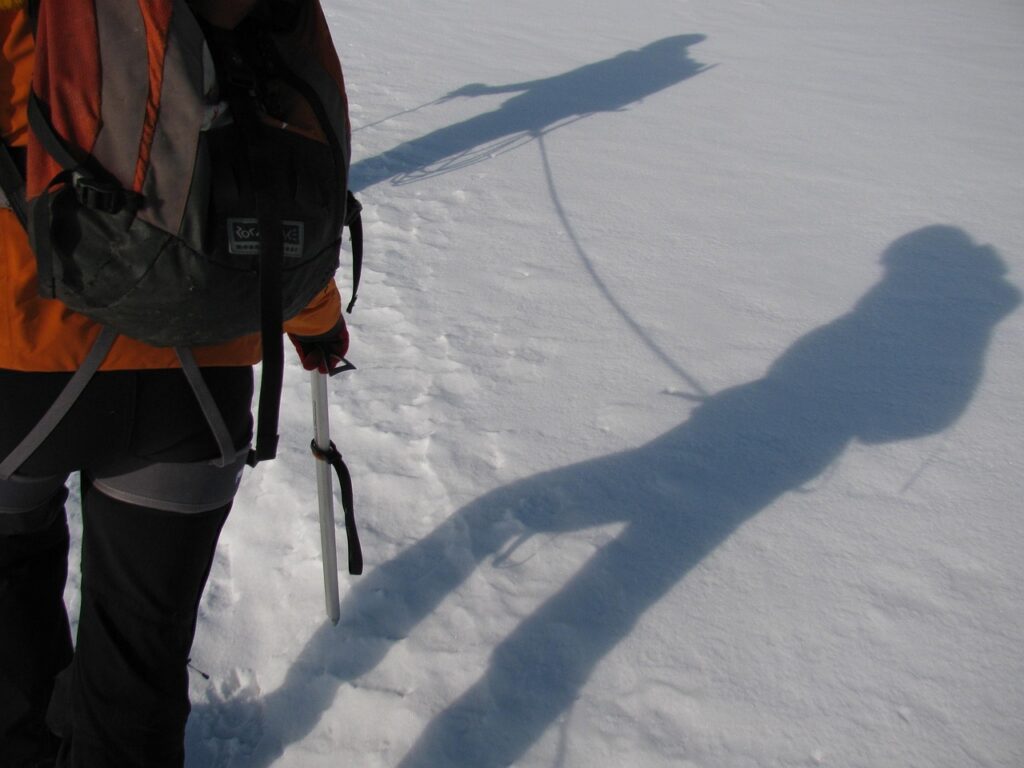
Special equipment for safely transporting yourself across questionable ice can prevent dangerous situations. Self-rescue claws or ice picks worn around your neck allow you to grip the ice and pull yourself out should you break through. A flotation device or personal flotation vest worn under your outer layer provides buoyancy without sacrificing mobility. A reaching assist device like a telescoping pole helps you extend your reach to another person or to more solid ice during a breakthrough emergency. For areas with known pressure ridges or changing ice conditions, bringing a set of throwable ice anchors allows you to establish secure points for crossing particularly concerning sections.
Gear Maintenance and Repair Kit
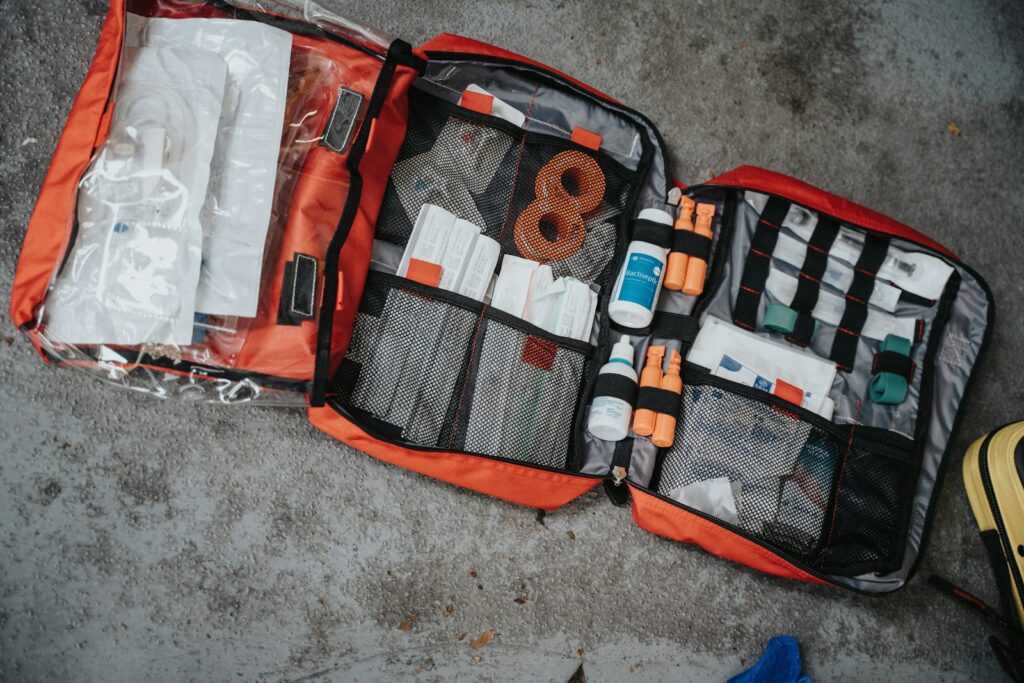
A compact repair kit allows you to address equipment failures without ending your fishing trip prematurely. Extra line, replacement hooks, and basic tackle ensure fishing can continue if your primary gear fails or becomes lost. A multi-tool with pliers, knife, and screwdriver functions handles most equipment adjustments and minor repairs in the field. Duct tape and zip ties provide temporary fixes for broken equipment, torn shelters, or damaged sleds. For power equipment users, including spare parts specific to your auger such as spark plugs or starter cord material prevents being stranded with drilled holes that have frozen over and no way to create new ones.
Pre-Trip Planning and Preparation
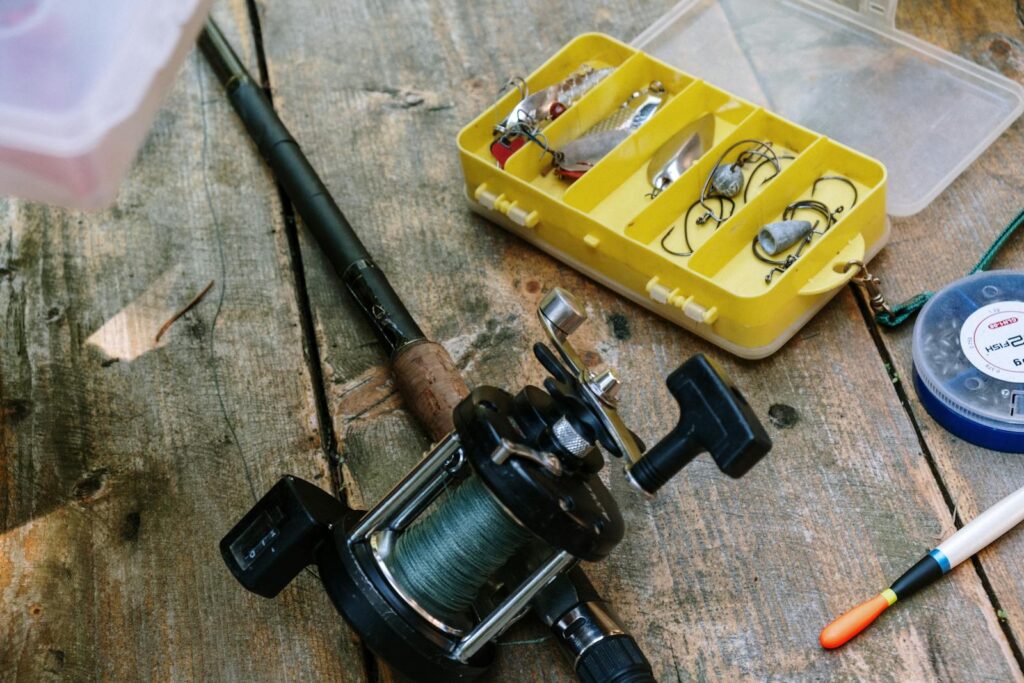
Thorough preparation before leaving shore significantly increases safety margins for solo ice anglers. Checking recent ice reports and communicating with local bait shops or fishing forums provides current information about ice conditions specific to your destination lake. Studying lake maps to identify underwater structures, depth changes, and potential fishing hotspots maximizes your fishing efficiency once on the ice. Creating a detailed float plan left with a reliable contact person includes your exact fishing location, planned route across the ice, expected return time, and the specific actions they should take if you don’t return on schedule. Physically preparing your body through regular exercise improves your ability to self-rescue and withstand the physical demands of ice fishing, making it an often overlooked but crucial safety factor.
Solo ice fishing offers remarkable experiences and memories, but it demands respect for the environment and careful preparation. By thoroughly equipping yourself with the gear outlined in this checklist, you create multiple layers of protection against the unique hazards of winter fishing. Remember that no fish is worth risking your life—always prioritize safety over fishing success, check ice conditions regularly, and be willing to postpone trips when conditions are questionable. With proper equipment and preparation, solo ice fishing can be a safe, rewarding way to enjoy winter’s unique outdoor opportunities.

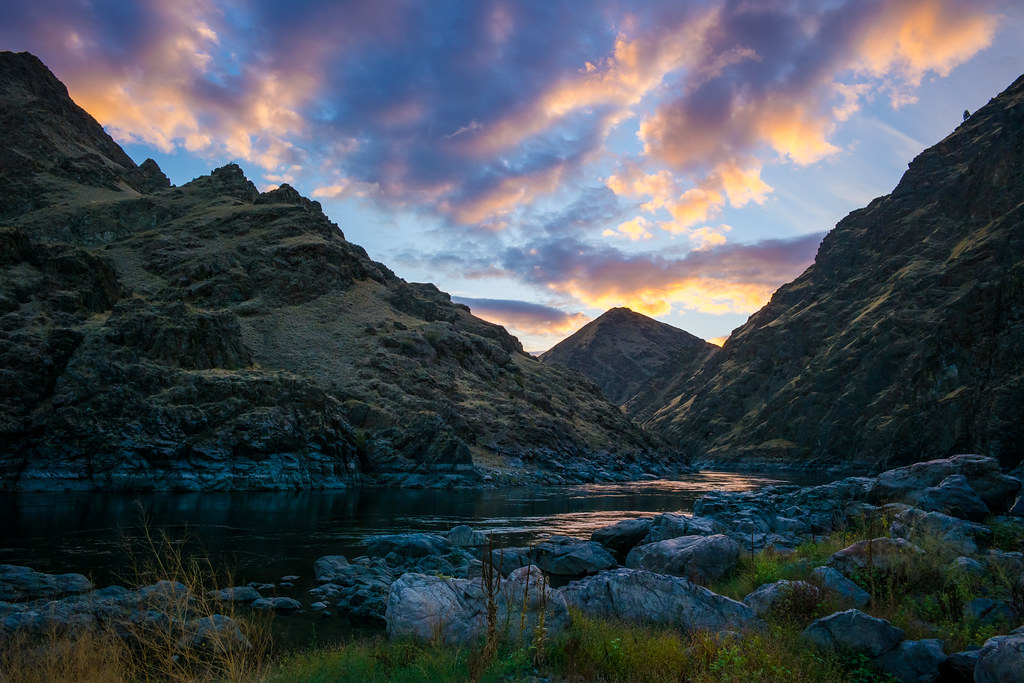












Post Comment